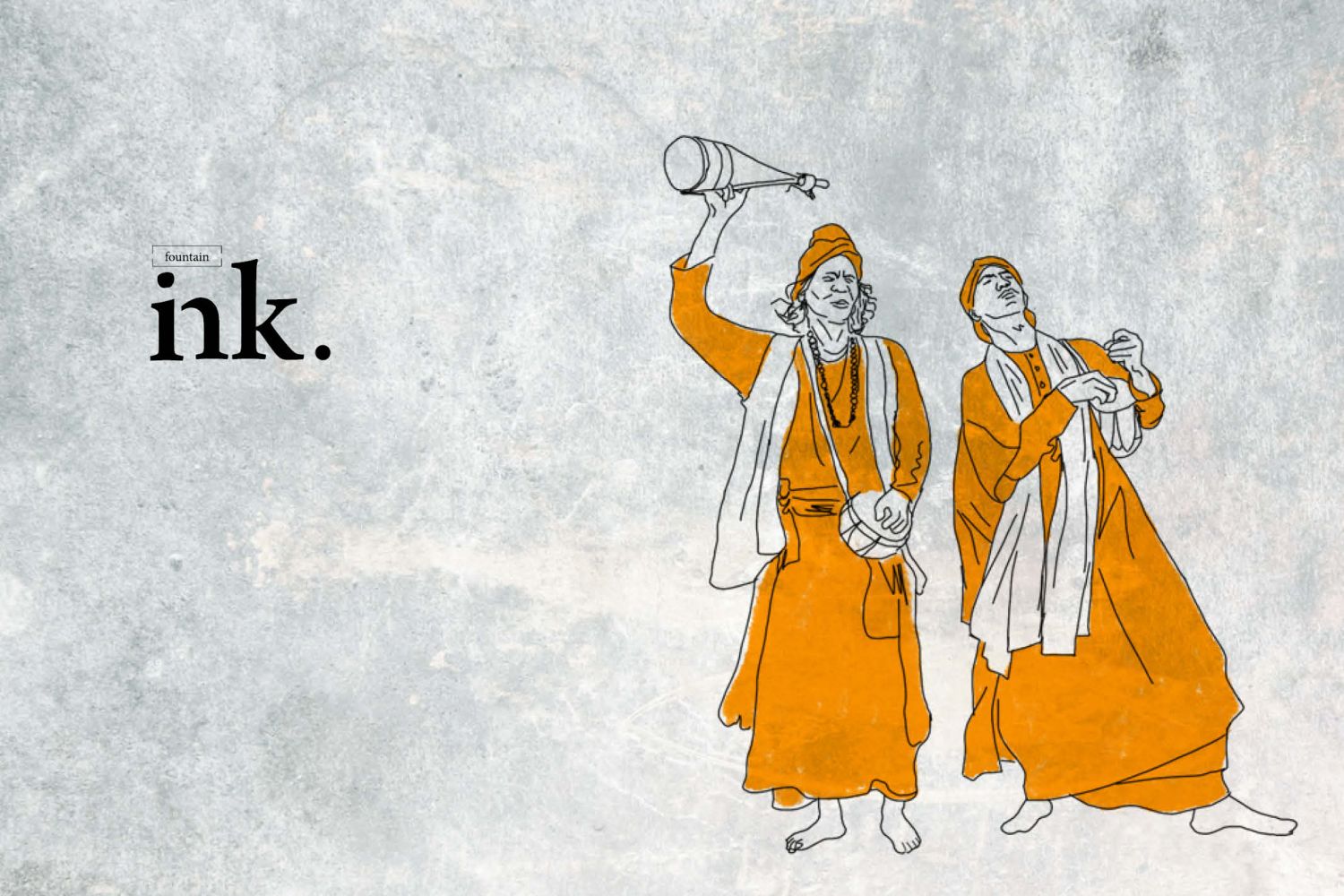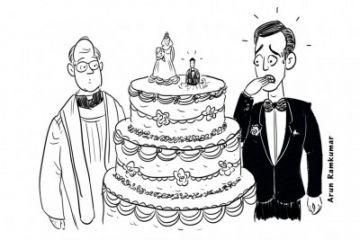
After looking for folk
religion and folk music in villages for years together, I came to realise that
it was in part a conundrum, but if one could strike the right person (knock on
the right door), one could be rewarded with more than what one had expected.
For this purpose, it is essential to learn their symbolic language, to develop
the ability to distinguish between “education” and “conversion”.
If one wished to
ascertain someone’s religious belief, one should not ask: “Ar





